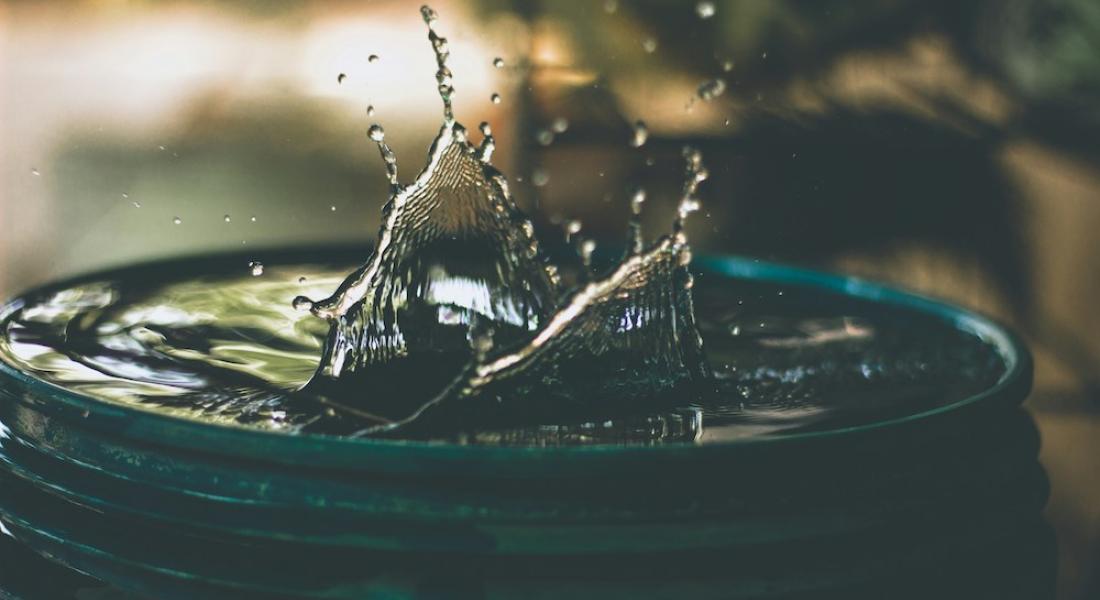Water is a precious resource, especially during the hot summer months when gardens require more hydration. Water-wise gardening is not only environmentally responsible but also practical for maintaining a healthy garden during periods of drought or water restrictions. This guide will delve into the importance of saving water and provide techniques for conserving water while maintaining a lush, drought-tolerant garden.
Importance of Saving Water in Summer
1. Environmental Sustainability
- Resource Conservation: Water-wise gardening helps conserve freshwater resources, reducing the strain on local water supplies.
- Ecosystem Health: Reducing water usage minimizes the impact on local ecosystems, preserving habitats for wildlife.
2. Cost Savings
- Lower Water Bills: Conserving water reduces utility bills, saving money over the long term.
- Reduced Maintenance Costs: Drought-tolerant plants often require less maintenance, leading to lower garden upkeep costs.
3. Garden Health
- Resilient Plants: Plants adapted to lower water conditions are often hardier and more resilient to pests and diseases.
- Sustainable Growth: Proper water management promotes sustainable plant growth and reduces the risk of waterlogging and root rot.
Techniques for Conserving Water in Your Garden
1. Soil Preparation and Mulching
- Improve Soil Quality: Enhance soil structure by adding organic matter such as compost. Healthy soil retains moisture better and provides essential nutrients to plants.
- Mulching: Apply a layer of organic mulch (like wood chips, straw, or leaves) around plants to reduce evaporation, suppress weeds, and keep soil temperatures stable. Mulch also breaks down over time, enriching the soil.
2. Efficient Watering Practices
- Water Deeply and Infrequently: Water plants deeply but less frequently to encourage deep root growth. Shallow, frequent watering leads to shallow roots that are more vulnerable to drought.
- Early Morning Watering: Water your garden early in the morning to reduce evaporation and allow plants to absorb moisture before the heat of the day.
- Drip Irrigation and Soaker Hoses: Use drip irrigation systems or soaker hoses to deliver water directly to the plant roots, minimizing water waste.
3. Plant Selection and Grouping
- Choose Drought-Tolerant Plants: Select native plants or species adapted to dry conditions. Examples include lavender, succulents, rosemary, and ornamental grasses.
- Hydrozoning: Group plants with similar water needs together. This practice, known as hydrozoning, ensures that each plant receives the appropriate amount of water.
4. Rainwater Harvesting
- Install Rain Barrels: Collect rainwater from your roof using rain barrels. This free water source can be used to irrigate your garden during dry periods.
- Rain Gardens: Create rain gardens designed to capture and infiltrate rainwater. These gardens help recharge groundwater and reduce runoff.
5. Landscape Design Techniques
- Xeriscaping: Implement xeriscaping principles, which focus on using drought-tolerant plants and efficient irrigation methods to reduce water usage.
- Permeable Surfaces: Use permeable materials like gravel, pavers, and mulch for walkways and patios to allow rainwater to infiltrate the soil.
6. Regular Maintenance
- Weed Control: Remove weeds promptly, as they compete with your plants for water.
- Pruning: Prune plants to remove dead or excess growth, reducing their water needs.
- Check for Leaks: Regularly inspect irrigation systems and hoses for leaks to prevent water waste.
Creating a Drought-Tolerant Garden
1. Selecting Plants
- Perennials: Choose drought-tolerant perennials like yarrow, sedum, and coneflowers.
- Shrubs and Trees: Opt for shrubs and trees that require less water, such as juniper, sagebrush, and oak.
- Ground Covers: Use ground covers like thyme, creeping phlox, and sedum to reduce soil evaporation.
2. Planting Techniques
- Proper Spacing: Space plants appropriately to reduce competition for water and nutrients.
- Use of Containers: Consider using containers for more control over watering and soil conditions. Use drought-tolerant plants like succulents and herbs in pots.
3. Maintenance Tips
- Monitor Soil Moisture: Use a soil moisture meter to avoid overwatering. Allow the soil to dry out between watering sessions.
- Adjust Irrigation Systems: Set your irrigation system to provide water based on seasonal needs, adjusting for rainfall and temperature changes.
Water-wise gardening is a sustainable approach to maintaining a beautiful and healthy garden, even during the hottest summer months. By implementing efficient watering practices, choosing drought-tolerant plants, and designing your landscape with water conservation in mind, you can create a resilient garden that thrives with minimal water. Embrace these techniques to save water, reduce costs, and contribute to environmental sustainability while enjoying a lush and vibrant garden.



